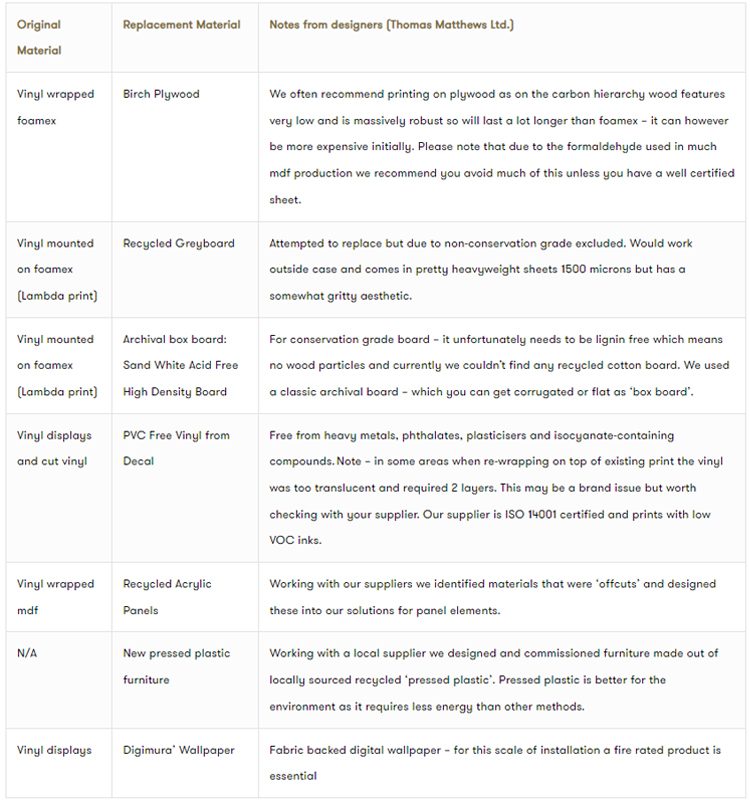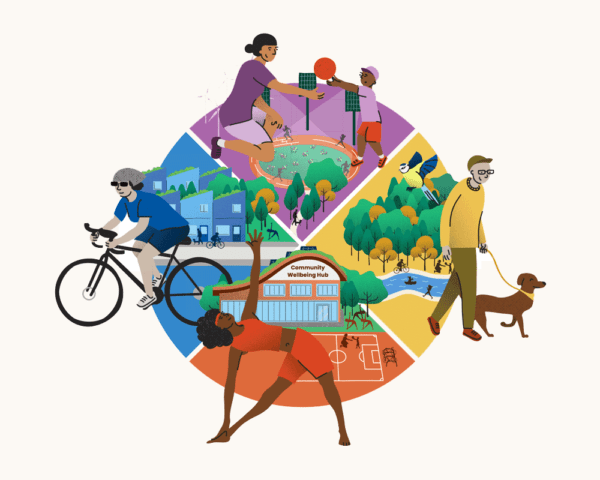In 2022, Leeds Museums and Galleries set about changing the look of the large natural science gallery at Leeds City Museum. It had been installed in 2008 and, whilst standing up admirably to the many hordes of visitors we’ve had since, it needed some updating.
How though, could we do this in an environmentally responsible way? The gallery preaches climate awareness, gives tips on how to be more green and has been designed to encourage sustainable living and actions (please see my blog on this). We couldn’t possibly talk the talk but not walk the walk, not to mention that engaging in sustainable practice is a moral responsibility for everyone.
We’d had some experience putting together green exhibitions. In 2019 we won the Judges’ Award for Environmental Sustainability at the MA’s “Museums Change Lives Awards”. This was for sustainable exhibition design for “Beavers to Weavers: The wonderful world of animal makers”. This had been a temporary display and available materials have moved on since then.
I have to confess, this blog is a pretty dry read! However, if you’re looking for tips on the most recent sustainable materials and processes available, or you’re in 2053 researching what we were all doing in 2022, then it should be worth your while…
Our ethos was to produce something in the most planet-friendly way possible. We were joined in this by the design firm Thomas Matthews, who worked their socks off to ensure that the project was as green as it could be. There were easy wins available – online meetings rather than travelling, covering existing signage rather than ordering hardware, commissioning local manufacturers etc. However, we came up against quite a wall with regard to tried-and-tested sustainable materials for example. We couldn’t source a recycled card that would meet our stringent museum-grade tests. As far as we could discover, all recycled card is acidic, and would therefore damage the objects it was placed with.
Another problem we had was the non-plastic vinyl we used. This looks good and has been used extensively around the gallery. However, in areas where people touch it, the ink has scratched/rubbed off and the white substrate underneath shows through. We may have to re-order it in old-fashioned vinyl – a double whammy in terms of sustainability.
Waste was another hill to climb. Where we could we re-used old signage and props. As part of a large service with nine museum sites, we found homes for quite a lot of the things that were removed (a model tree for example). Much of the board, Perspex, card etc. that was taken out was added to our technicians’ supplies of material. As they pointed out, they’ve “been doing this [repurposing exhibition materials] for decades.”
Lastly, we commissioned Useful Projects to produce a detailed report on the carbon footprint of this display. Included in this was a Microsoft excel toolkit which will allow us to calculate the carbon footprint of future exhibitions across Leeds Museums and Galleries. Knowing this report was being produced focused the team on environmental sustainability and drove us to improve all of our procedures and product purchases as the project progressed.
Here’s a very dry look at the materials we used. What struck me was how difficult it was to come by some of this stuff and the diligent research carried out by the design team was admirable, and gratefully received:








